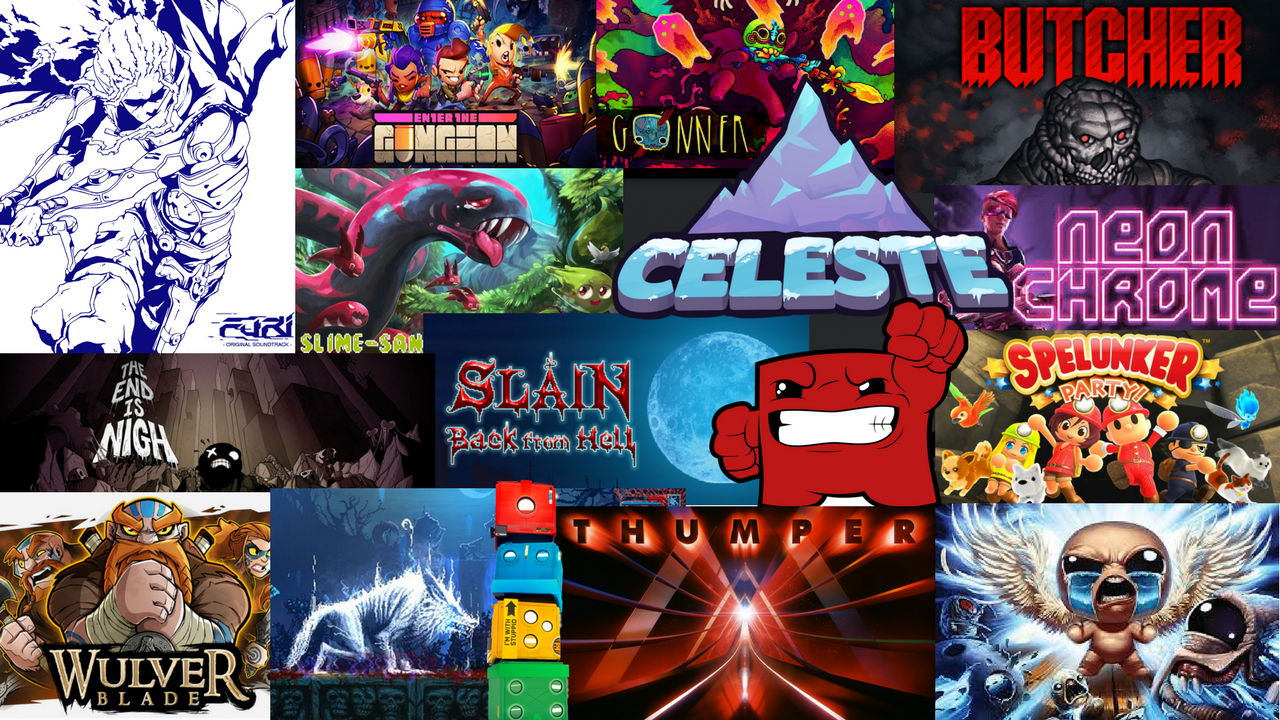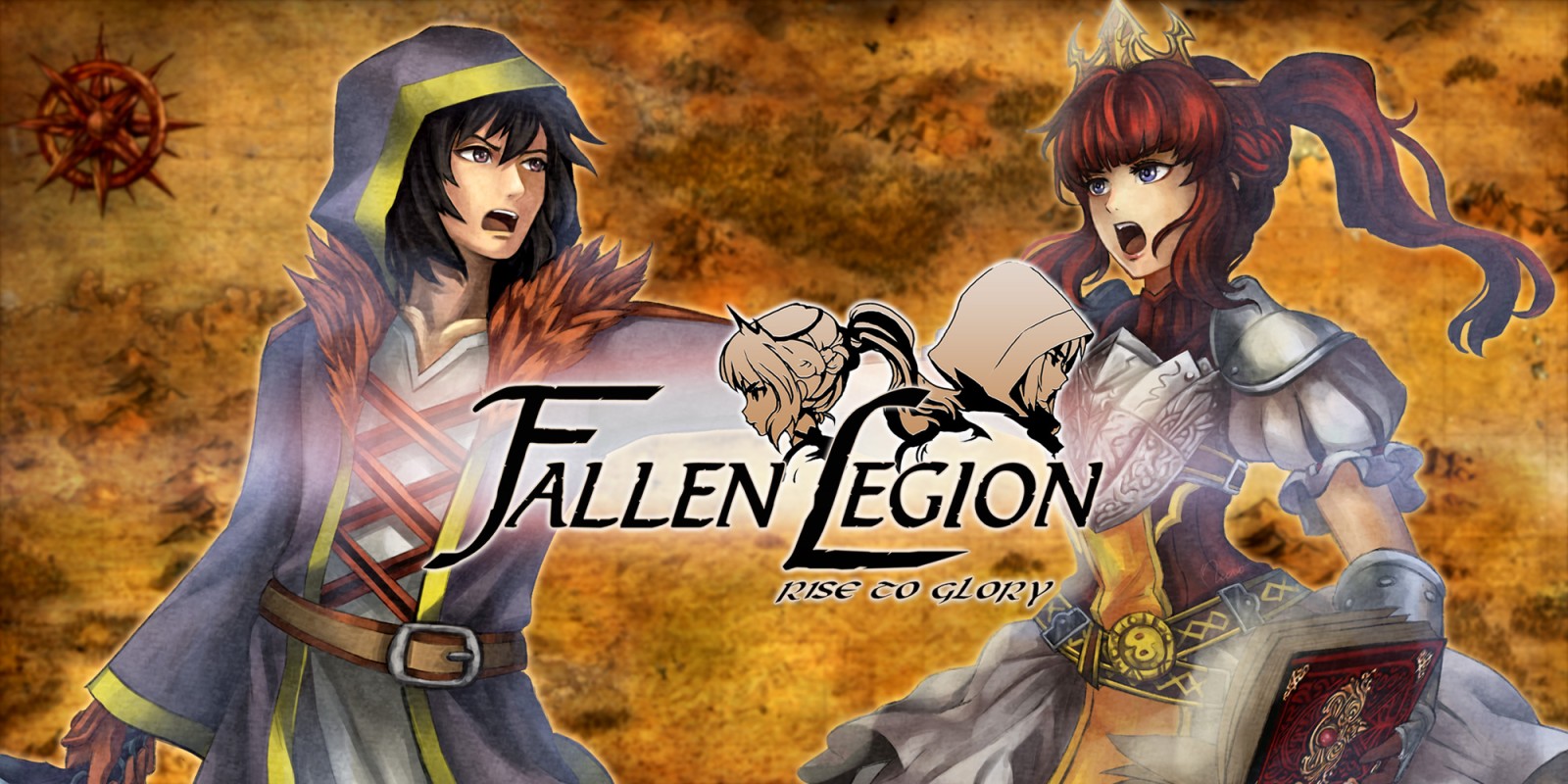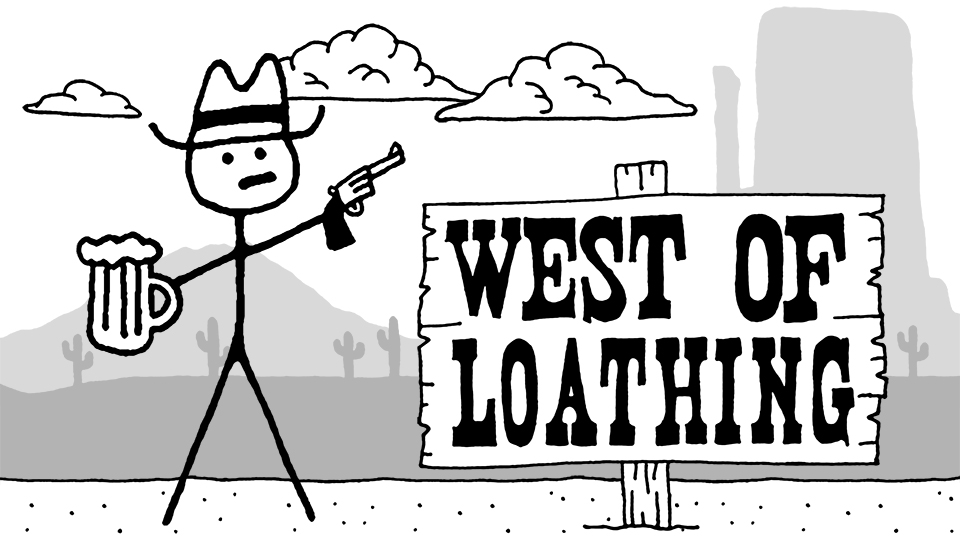Fallen Legion: Rise to Glory Switch Review by SwitchWatch
Written by Akash J
Developer: NIS
Publisher: NIS America
Release Date: Out Now
Price as of Article: $39,99 £39,99 GBP Digital Download Price
The game code provided by NIS America for review
The very nature of an empire is for the reins of power to constantly shift hands. Whether due to political instability, the death of a leader, or any other cause, this change is inevitable. The world of Fallen Legion: Rise to Glory is just like our own in that regard. The classic tale of the intense struggle between monarchs and traitorous warriors is retold in this new adventure. Luckily, Fallen Legion: Rise to Glory succeeds in achieving the desire to be great. Why?
First, it’s important to understand what Fallen Legion: Rise to Glory is. This is a collection of two games: Fallen Legion: Flames of Rebellion, and Fallen Legion: Sins of an Empire. Flames of Rebellion was released on PS Vita, while Sins of an Empire was released as its counterpart of PS4. These games tell two sides of the same story. One follows the rebellious Laendur, while the other follows the empress Octavia, in their war against each other. These were made with the same assets, and have the exact same gameplay. If you are familiar with Fire Emblem, this probably seems familiar, since Fire Emblem Fates has two parts that pit you in the warring kingdoms of Nohr and Hoshido. Rise to Glory also includes a few new side missions, 5 secret characters, a new game + and a one life mode. These additions truly make this the definitive edition of Fallen Legion.
Fallen Legion: Rise to Glory follows the tale of Laendur and Octavia in their war against each other. After the emperor dies unexpectedly, his heir, Octavia, reluctantly becomes empress. She his given a grimoire, which grants her the power to summon legendary warriors from the past. Laendur sees this power and believes it will be used for evil. However, he does rip out a few pages, in order to gain its power. He tries to become emperor since he is already an extremely popular and powerful general. This leads to a war between the two factions, both commanding legendary heroes and large armies.
You can play both tales, and experience the two viewpoints in the games included in this collection. I think that the writers did a great job designing each side in such a way that neither is truly evil, but both feel evil when you fight them. This is critical to a successful story, and I feel that it doesn’t need much improvement. A successful story is very important to Fallen Legion: Rise to Glory‘s success, and I believe that it was excellently executed.
<script async src=”//pagead2.googlesyndication.com/pagead/js/adsbygoogle.js”></script><!– –><ins class=”adsbygoogle”<!– –> style=”display:block; text-align:center;”<!– –> data-ad-layout=”in-article”<!– –> data-ad-format=”fluid”<!– –> data-ad-client=”ca-pub-5661714653949151″<!– –> data-ad-slot=”5669732186″></ins><!– –><script><!– –> (adsbygoogle = window.adsbygoogle || []).push({});<!– –></script>Fallen Legion: Rise to Glory‘s gameplay doesn’t exactly fit into any genre. While I wouldn’t call it an action RPG, there is certainly much more control than in turned based RPGs. You can field three exemplars at a time, who fight for you alongside your magic. Each exemplar has a button that triggers an attack, which uses AP. AP recharges over time, and up to three AP can be held by each character. The commander (Laendur or Octavia) can use magic to help exemplars. While these aren’t as specialized as some of the exemplars’ attacks, they still add to the strategy of battle. Sometimes, one spell is all that is needed to turn the tide of battle. You can also block attacks using the L button.
A perfect block results in the attack being reflected and one AP being instantly recovered. In my opinion, the block ability is what sets Fallen Legion‘s gameplay apart from so many other games. Blocking gives you control of the battle, instead of just hoping for the best while AP recharges. This made the game extremely unique, and much more strategic. I always know that a battle can be won, even if two of my exemplars have retreated and the third is about to follow. Every loss felt like my fault, not unlucky RNG. Blocking made the basics of gameplay much more skill based and rewarding, which I personally loved. The basics of Fallen Legion manage to differentiate themselves from other games by making gameplay much more skill based and satisfying by creating pseudo-turn based combat.

Exemplars are the spirits of legendary warriors of the past that can be summoned to fight on your side in Fallen Legion: Rise to Glory. Each has a backstory, though these aren’t told that well. The stories for each character can be found in the history section or during loading sequences. Personally, I disliked this method of storytelling, since only small amounts of information are told for each character. I’d love to think “Wow, this is the legendary Sky Splitter used to solve the world’s problems!” every time I see Zulquifar’s attack, but as it is, I don’t know enough about each character. Of course, this story issue has no impact on the exemplars’ true purpose: gameplay. Each exemplar is essentially the embodiment of a weapon; the exemplars are the weapon’s most well known users, and no two exemplars use the same weapon.
Combined with the story issue, this made them seem to simply be normal soldiers in the army, but this isn’t impactful on gameplay. Each exemplar has their own stats, and each stat spread was unique. Each exemplar has a link attack and a deathblow. Link attacks use all of a character’s AP and add a special effect to the character’s attack. Deathblows occur at the end of a chain attack and are extremely powerful attacks with effects that can turn the tide of battle. I had fun acquiring new exemplars and finding which characters they synergize best with. With teams of three characters, many combinations are possible, so no two players will play Fallen Legion the same way. Also, exemplars can ascend into a much more powerful state after they recover their memories. This “Order” or “Chaos” form gives them many more abilities and results in a tremendous increase in their combat prowess. Memories can be acquired through certain choices during the battles. Exemplars are a unique character system that is made even more unique by Fallen Legion‘s main selling point: the choice system.

One of the prominent features in Fallen Legion: Rise to Glory is the choice system. Throughout the battle, many notifications will appear, each mentioning an event happening to the army. The player must make a choice about the situation; choosing one of three actions in response. These scenarios are extremely varied; if something is possible, it will probably occur during the game. Each choice impacts the stats of exemplars, called tributes. Each tribute has a special effect, but all impact the current battle. Tributes aren’t the only impact of choices. The overworld and story of Fallen Legion is also impacted by these often controversial choices. For example, constantly making choices that favour Princess Agnes and her people means that the princess will ally with your faction. The secret characters mentioned earlier are all unlocked by making certain choices (Though saying which choices would be spoilers). Finally, the exemplars are morphed by the choices you make.
Whether each exemplar ascends into their “Chaos” or “Order” state depends on your choices. Obviously, trying to be as selfless and helpful as you can results in “Order” exemplars, while destructive choices only offering personal benefit create “Chaos” exemplars. There is one thing that could be improved involving the choice system. There are a few points in the story where the main character has to make a major choice, such as choosing whether or not to save a local people from invading monsters. These choices are usually made by the game, but I would have loved to have branching paths in the storyline that are only accessible through these major choices. However, this might make the story too complex, so I understand why the developers might not want to carry out such a task. Fallen Legion: Rise to Glory‘s choice system helps make the player feel in control of the war, and has long lasting impacts on each playthrough.

However, Fallen Legion: Rise to Glory has quite a few issues. The first is a lack of progression. While there are a few gemstones that the leader of the army can equip, exemplars only get stronger when they change their form. There is no equipment system other than skills and gemstones, so I felt that progression was slow. I would have loved to be able to at least upgrade weapons and armor, but even that isn’t available. While this did mean that every battle was created with an understanding of how much power the player had, I still wish that I could have improved characters stats more frequently.
Since characters rarely get stronger, the same enemies are fought through the entire game. The main source of progression is skill, which I prefer, but I also would have liked for some equipment to be changeable. The second and much more prominent issue is a lack of explanations. While the basics of the game are explained well, nothing else is. Soon after starting the game, tons of jargon is thrown into tribute descriptions and exemplar descriptions. I looked everywhere in the game’s menu system, yet no explanation is found for any terminology. This made the game very annoying to play at times, since I could never check what something meant. This issue persisted throughout the entire game, but could easily be fixed. Fallen Legion: Rise to Glory‘s two main problems are a lack of equipment and a lack of explanations.
As to be expected from any game being published or developed by NIS, Fallen Legion: Rise to Glory has a great soundtrack. The game’s soundtrack is simply superlative. Each piece has a wide variety of instrumentation, which all sound amazing. I love how the battle themes manage to transition into calmer mid battle themes and back seamlessly. The same pieces are recycled for many battles, but since it’s so great, I didn’t mind. Fallen Legion: Rise to Glory has a superb soundtrack, which didn’t go unappreciated.
Fallen Legion also looks great. The game has a look that is common in many JRPG’s, but that isn’t a bad thing. Everything in the foreground and background looks extremely good, with minute details increasing the quality. Just like the soundtrack, some backdrops are recycled, though this isn’t a particularly poor decision since it means more work can be done in each area. Fallen Legion has a great handcrafted art style that made the game even more enjoyable. Performance in both handheld and docked mode faired well in both instances.

Since Fallen Legion‘s selling point is the choice system, it’s unsurprisingly complex. As mentioned earlier, the choices you make impact who you can recruit, what missions you complete, and what form your exemplars take. Each story took me about five hours to complete, but that included doing all the sidequests available. I didn’t get S rank on every stage, but usually got A. Path choices, New Game + and the stage ranking system certainly add some replayability to Fallen Legion, though I don’t see myself playing it immediately after.
One thing to note is the game price in America is $39,99 and £39,99 in the UK eshop so for UK buyers it will be cheaper purchasing from the American eshop. For those wanting a physical copy, it is cheaper on Amazon than Digital.
Pros
Engrossing gameplay
Skill based battles
Very good soundtrack
Cons
Some unclear terminology
Recycled level backgrounds
The story could have been more detailed, especially with character backstories.









